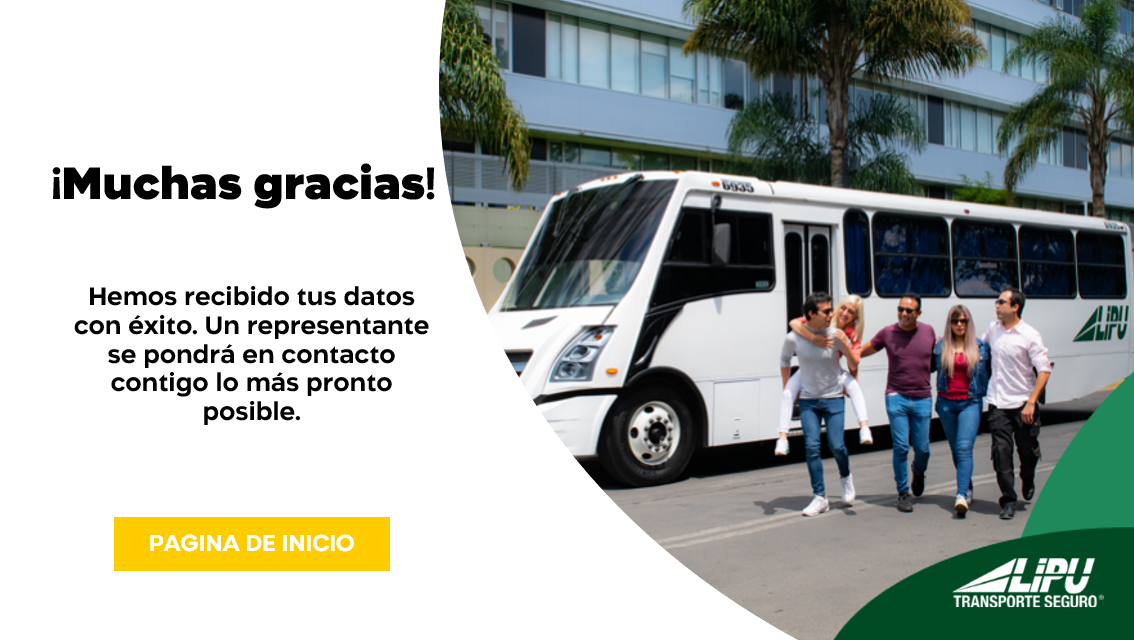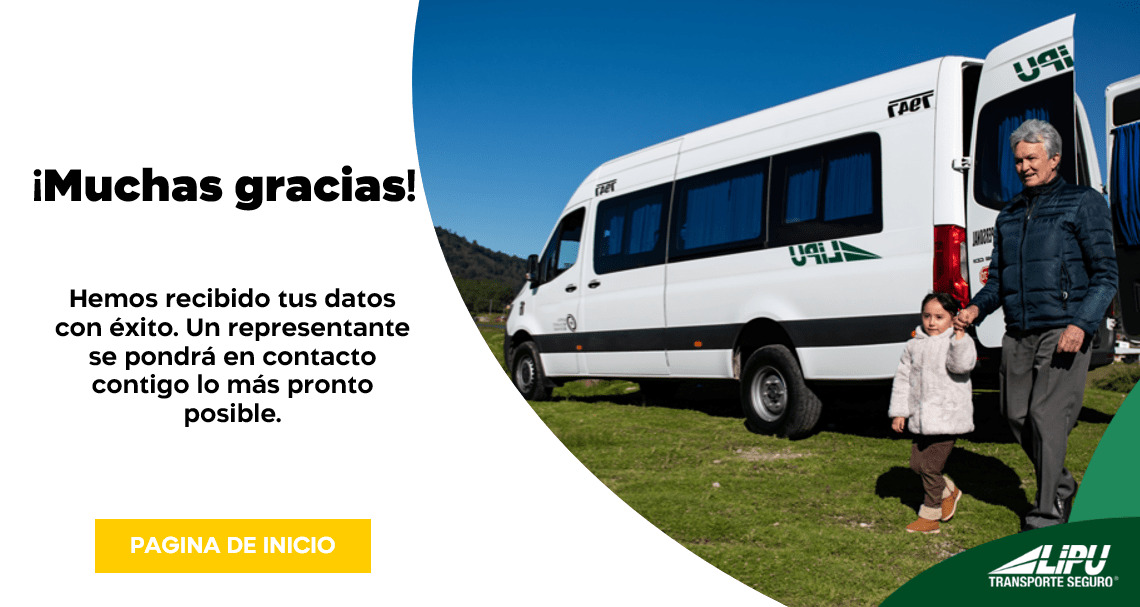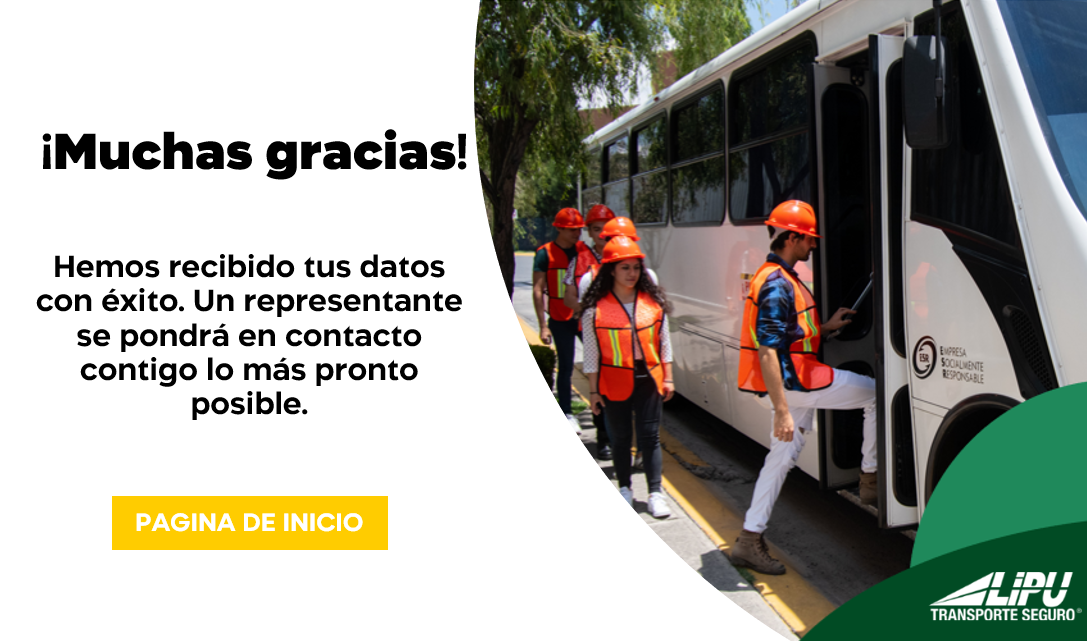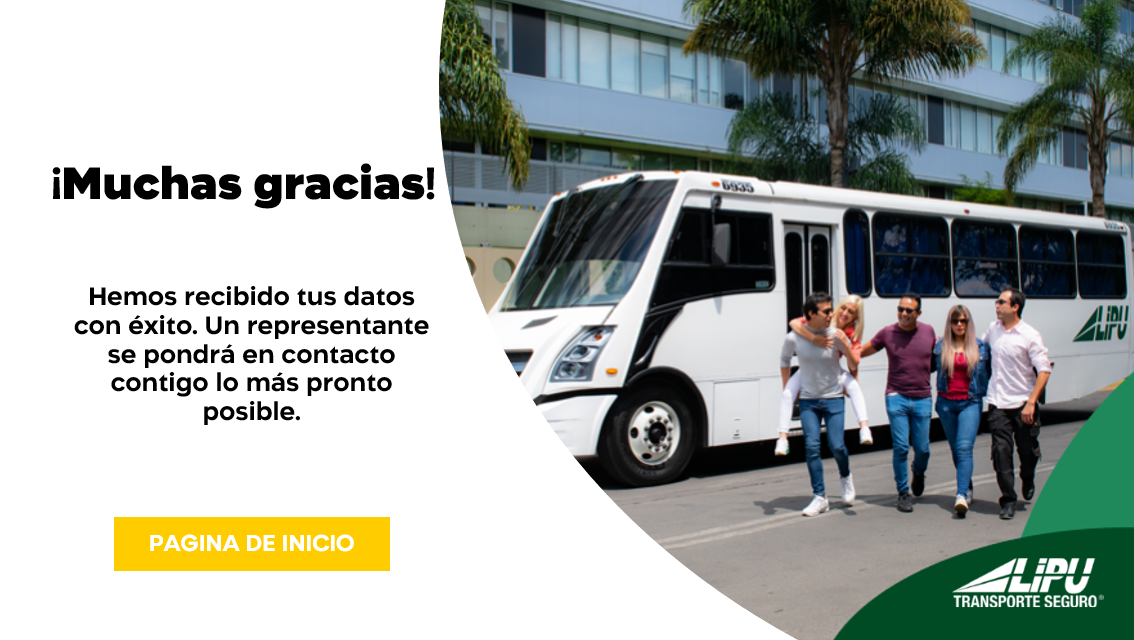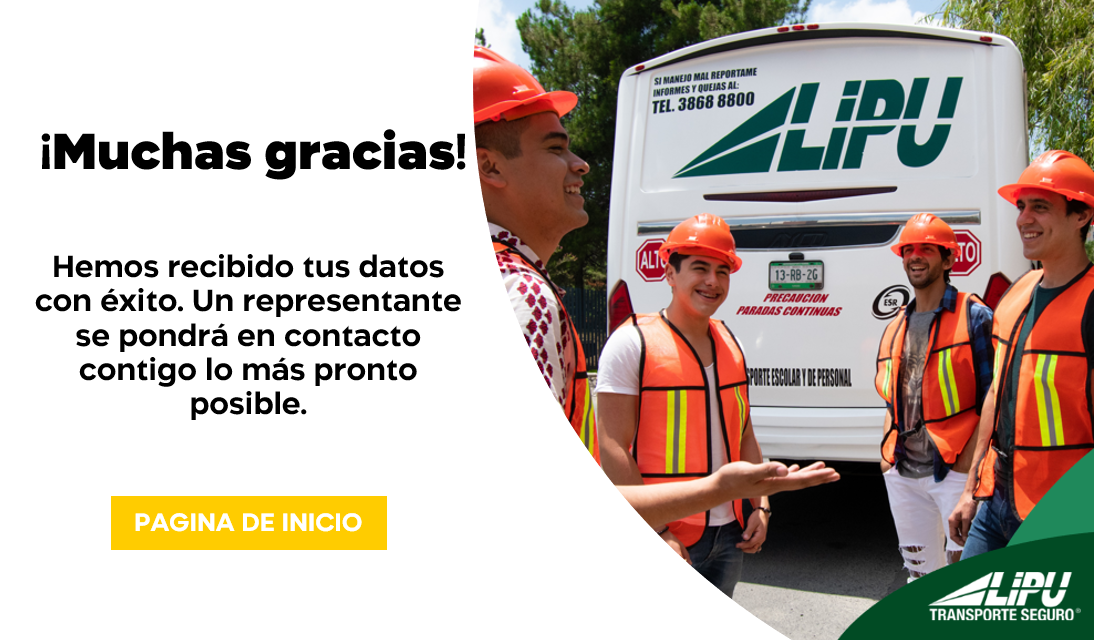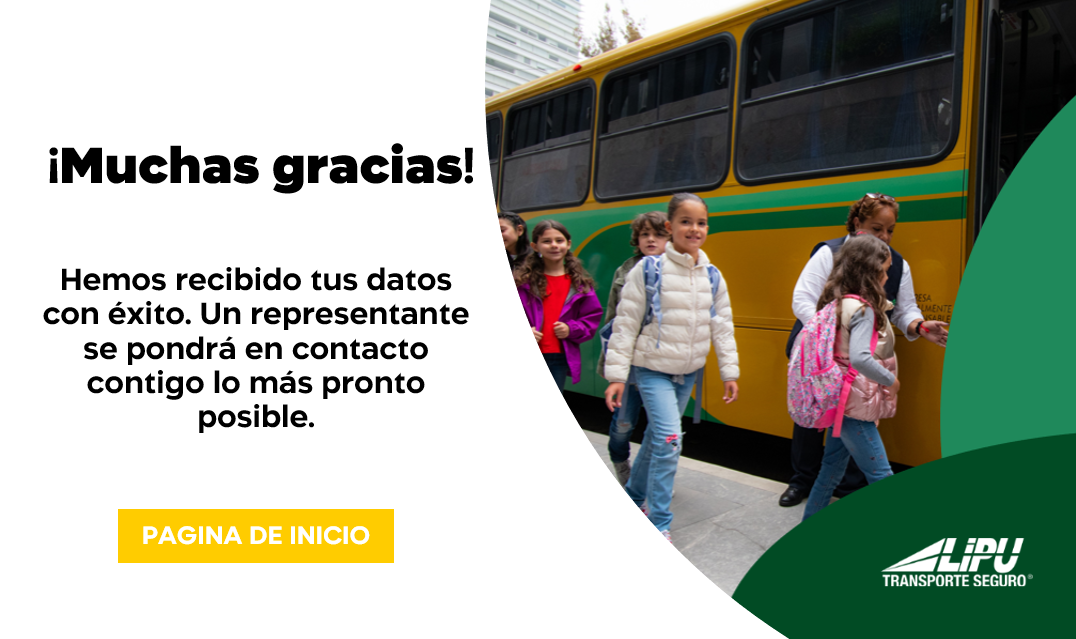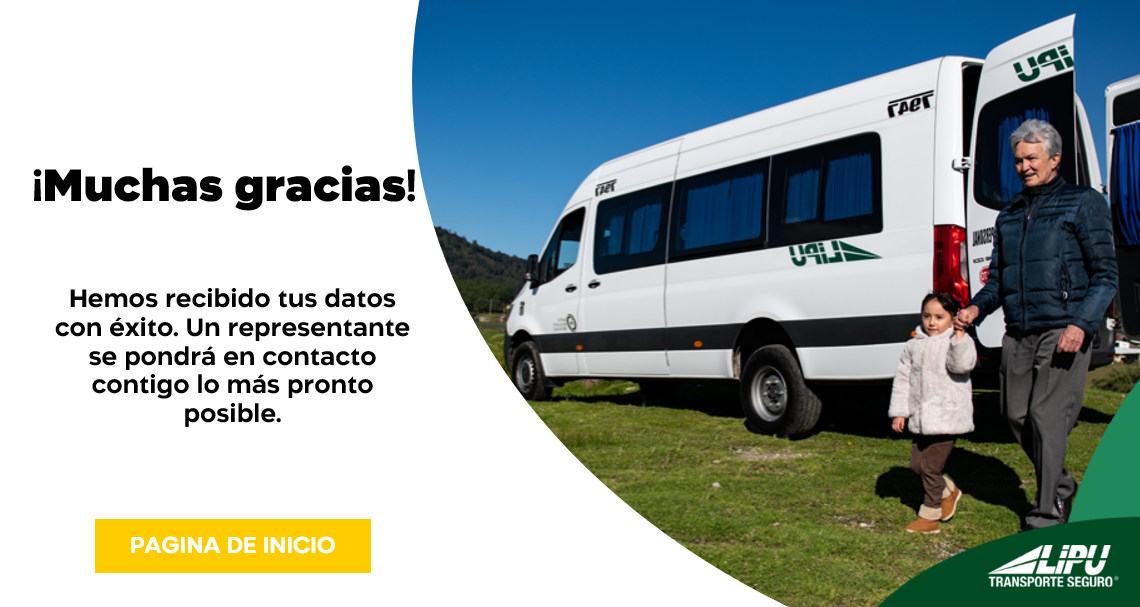We believe transportation services should contribute to the quality of life of those who use and contract them; betterment for all. We work to improve that quality of life in the areas of health management, security and time-management. Here you will find the latest updates regarding our community initiatives.
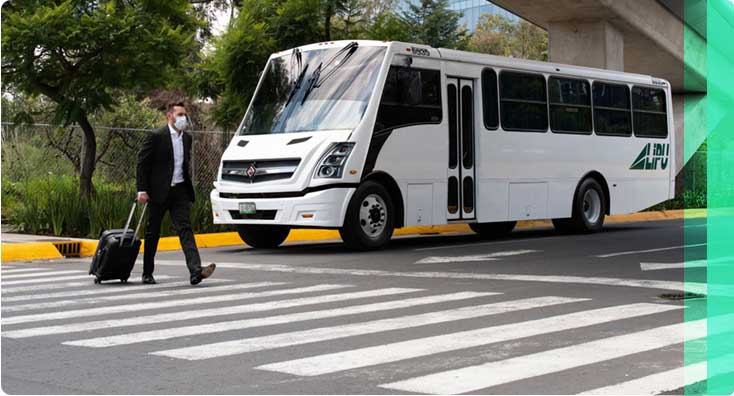
Road Safety
For both clients and users the end of every trip is always the same, home. With this in mind, we work every day in road safety education throughout all areas of LiPU, from management to operators.
Within our organization we seek to reinforce the idea that correct safety measures mean taking responsibility in our community, that road safety is a task for all of us.
With this in mind, we have instituted 3 basic measures for the road: the use of seat belts, no speeding and safe distance.
Use of seat belts
A fundamental of safety. It takes only a few seconds and it reduces the risk of fatal accidents by half, as well as the risk of injury by 75%.
Because of all this the use of seat belts has become routine, as common as putting on our uniforms.
With our operators in mind, we ask our users to also use their seat belts, with clear signaling in all our units; according to the World Health Organization, seat belts reduce fatalities up to 25% for backseat passengers.
Every year, the use of seat belts avoids an average 100,000 fatalities around the world, making it a known life-saver. Here’s how to use it correctly:
You should avoid a folding or hanging strap, always adjusting it to your body.
The chest strap:
· It should rest over the clavicle, between shoulder and neck, and come down the middle of the chest.
· The seat and seat belt should be adjusted to fit the height of the person.
· Avoid placing the strap over the neck, shoulder or breasts, which could cause severe damage in case of collision.
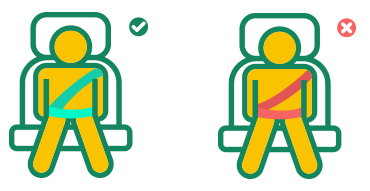
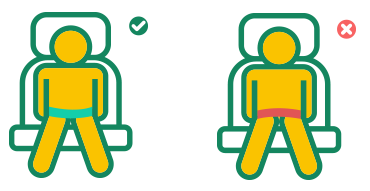
The abdominal strap:
· It should rest over the hip bones, always below the belly.
· Avoid placing it over the belly, it could cause severe damage in case of collision.
Speed control
Neither fast nor furious. A saying our operators always hear from us, looking to raise consciousness on correct driving speed.
Speeding is related to around 30% of road incidents according to CONAPRA (the Mexican equivalent of the NHTSA). Speed is a safety factor and a responsibility to our community.
Apart from the established speed limits, there are other considerations:
• The physical and psychological state of the driver.
• The type of vehicle and the load.
• The transit conditions.
• Weather and environment.
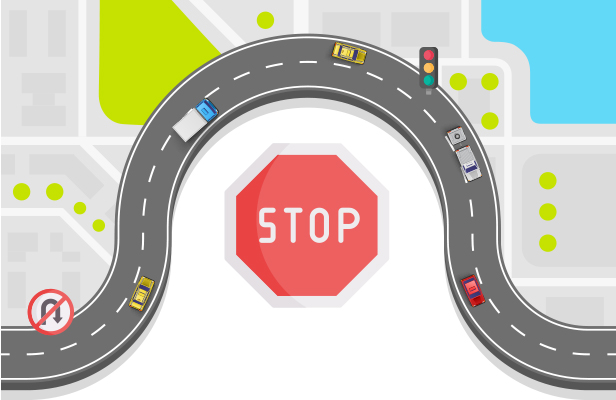
We also encourage resting periods between long hauls, in order to avoid fatigue and a rise in hostility due to pressure.
A figure we always keep in mind is the fact that a reduction of 3 MPH can reduce fatal accidents by up to 28%.
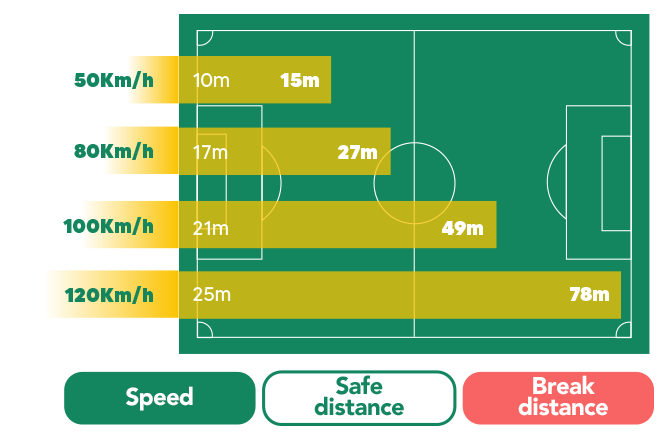
Safe distance
Yes, the idea of safe distance is not new, we’ve always known that the faster a vehicle is going, the harder it is to stop in time and avoid collisions.
Higher speed means a longer braking force time. Keeping a safe distance is a key factor in avoiding rear-end collisions, which represent 14.7% of crashes in the country.
A safe distance allows us to brake to a full stop in case of emergency and to brake suddenly without crashing with the vehicle in front of us, keeping in mind speed, driving conditions and adherence.
Here are some techniques we recommend to drivers:
Famous due to its effectiveness and ease. First you need to look at a fixed point on the road and you count the seconds you take to reach it (“one Mississippi, two Mississippi” and so on). If it takes you 4 seconds to reach the spot, it means you’re in the clear; if it takes less time, it means you’re too close and driving too tight.
While driving behind another vehicle, you multiply the speed in km/hr by 0.5, in order to get an approximation of safe distance in meters. For example, if you’re driving at 100 km/hr, you should be 50 meters away from the nearest vehicle.
It may not be the easiest but it is the most precise. It works by measuring your speed in tens and multiplying the number by itself. For example, if you’re driving at 120 km/hr, you multiply 12 by 12, giving us a safe distance of 144 meters.
These are just some of the safety measures we keep in mind on our way to road safety, there are many other aspects and techniques to keep in mind, and we’re always working on perfecting our safety measures. If you want to learn more about road safety, follow us on social media.

Follow Us
© 2020 LIPU · All rights reserved






